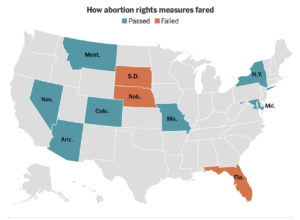
What if every woman in the world had access to her choice of safe, effective contraception? So far, this is a dream, but two programs are helping this dream come true.
In the past, only members of the rich elite had access to family planning (at least among English-speakers). Francis Place in England (1823) and Margaret Sanger in the USA (1916) brought Family planning to disadvantaged people. Sanger is accused of having racist or classist motivation, but Place, a revolutionary thinker, was a commoner. He learned how the rich controlled their fertility and spread that knowledge through a series of pamphlets. Both of these pioneers realized that limiting a couple’s fertility would be likely to improve their well-being.
The London Summit on Family Planning in 2012 was organized to continue Place’s work, on an international scale. People gathered in London from 120 countries and included doctors, social scientists and financial donors who came up with an international program, Family Planning 2020 (FP2020). In those few years between 2012 and 2020 they hoped to provide 120 million women (and men) with contraceptive information and supplies.
One of UN2020’s initial concerns was that it not coerce people to use contraception, as happened in China and India. Social scientists drew up rules to try to avoid any semblance of coercion—all motivation had to be strictly voluntary. Thus, there would be no undue incentives nor any quotas. These steps would help ensure that all adaptors of contraception did so without pressure. In the organization’s own words, it “…is a global movement that supports the rights of women and girls to decide—freely and for themselves—whether, when, and how many children they want to have.” It is amazing that FP2020 functioned in some very patriarchal societies in Asia and Africa.
The governments of more than 30 of the world’s richer countries pledged money to support FP2020. Major funding included the US Agency for International Development, the Gates Foundation and the United Nations Population Fund. Although FP2020 worked in some of the least wealthy countries in the world, each of the 69 countries where they provided care also had to provide some funding.
The Covid 19 pandemic started just as FP2020 was ending. Despite the risk of spreading the virus, the program found ways to deliver high quality reproductive health care. The program was able to continue its outreach using strict precautions.
How successful was FP2020? The program fell short of its ambitions goal. The final tally is that it increased the number of modern contraception users by 46 million. Nevertheless, this is a pretty amazing feat! An impressive way of measuring the program’s success is that it doubled the number of users in 13 African countries. The use of modern contraception in these poor countries is estimated to have prevented millions of unsafe abortions and over a hundred thousand maternal deaths. What intervention could be more humane?
Because populations were growing rapidly where FP2020 worked, the need for family planning increased faster than FP2020 could reach potential users. It is estimated that the number of women of reproductive age grew by 15 million each year! That is the challenge for the program that succeeded FP2020, unsurprisingly labeled “FP2030”. The successor has more local direction and less management from donor countries, and has expanded to 82 countries. Funding is its biggest problem, unfortunately, especially since some funders have reneged on promised donations. FP2030 is directing its focus on adolescent pregnancy. If a woman is empowered by modern family planning when she is young, it is likely that she’ll be a lifelong user.
There is a success story here. The teen pregnancy rate is already dropping globally, thanks to programs such as FP2020 and FP2030.
© Richard Grossman MD, 2024
